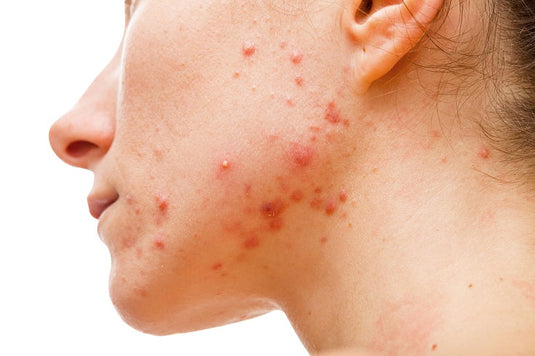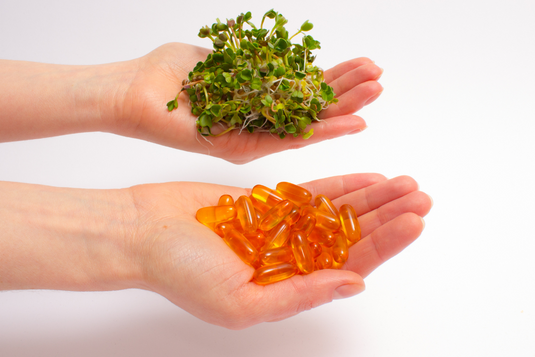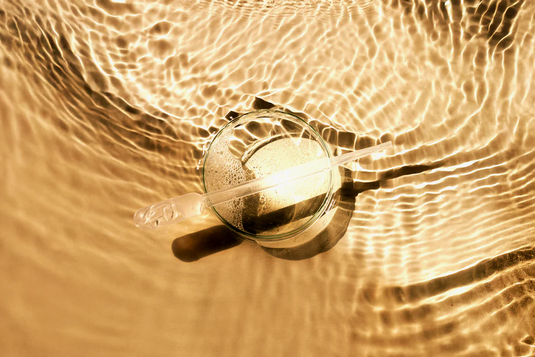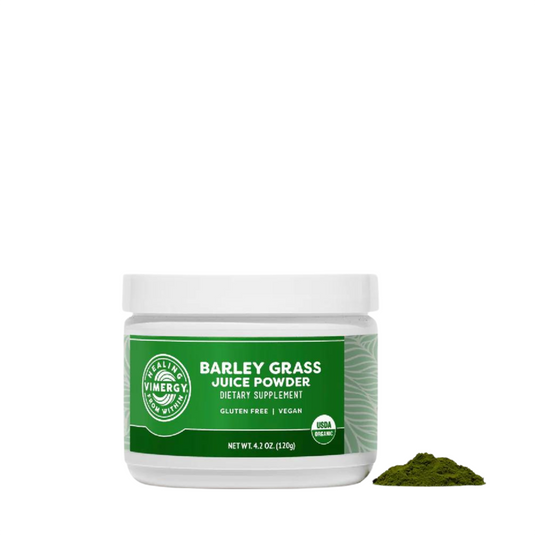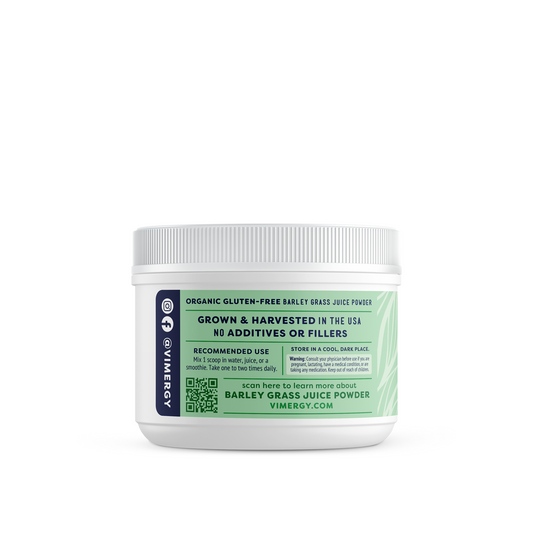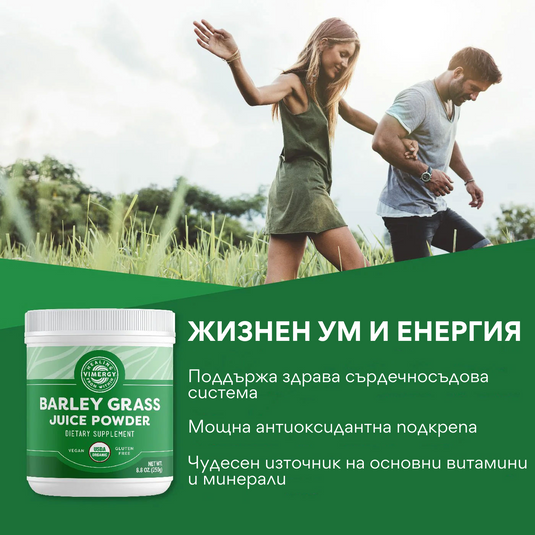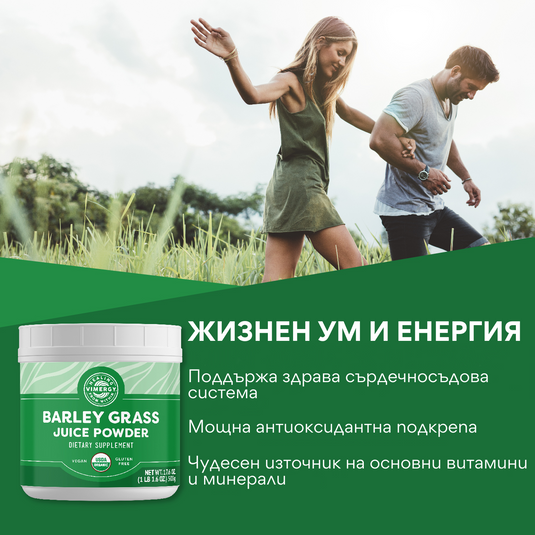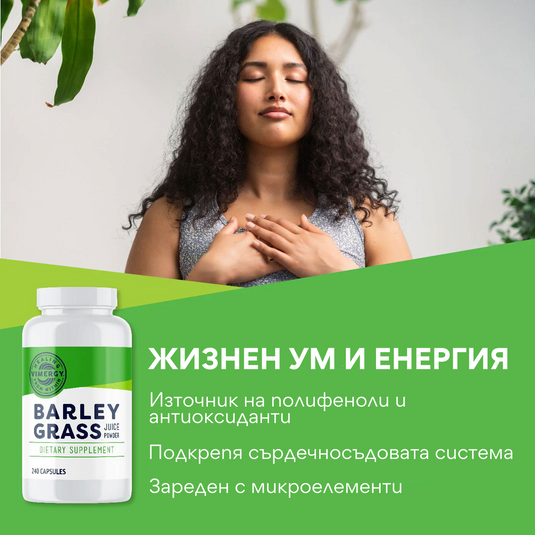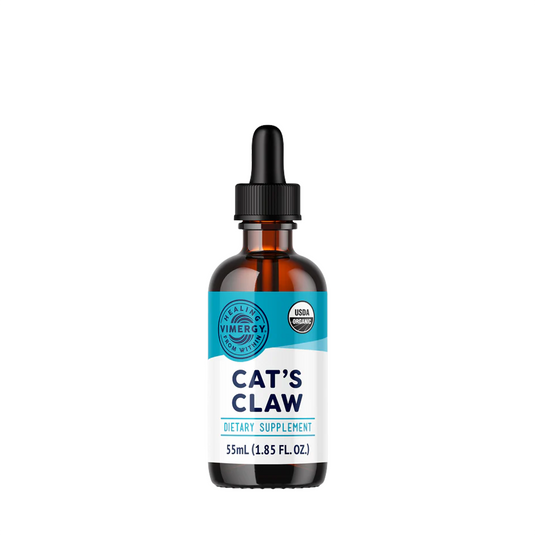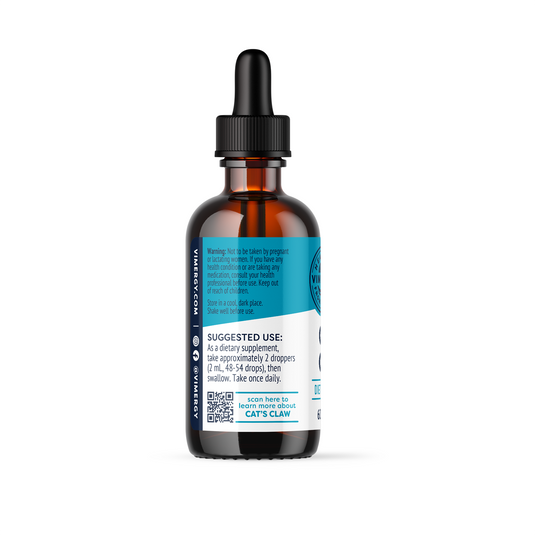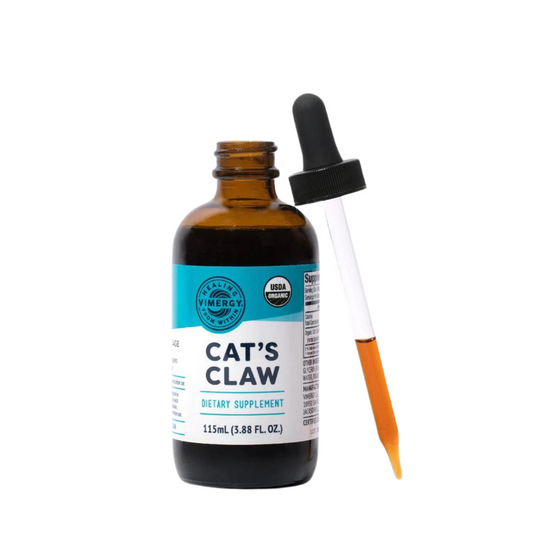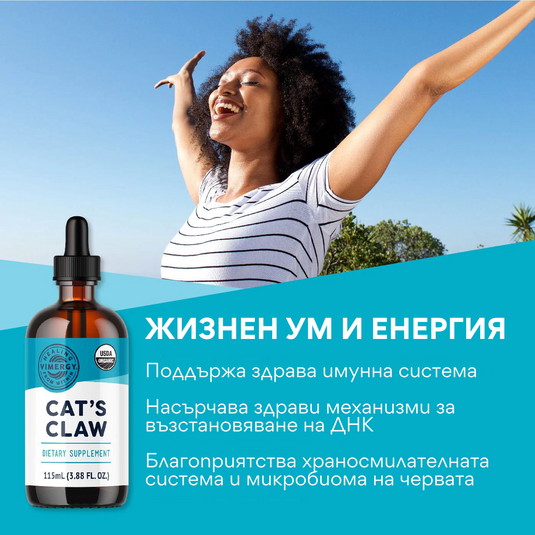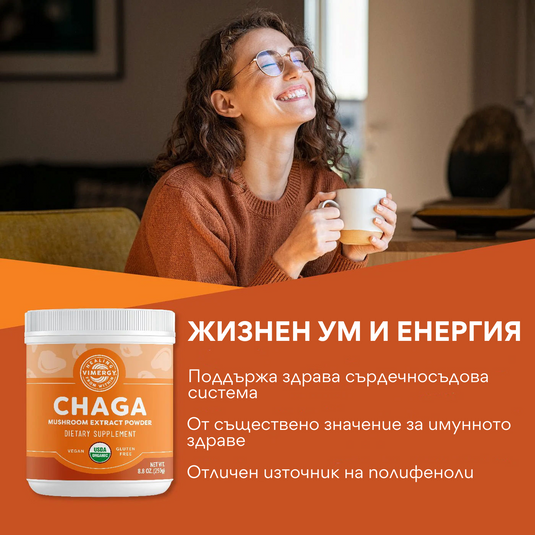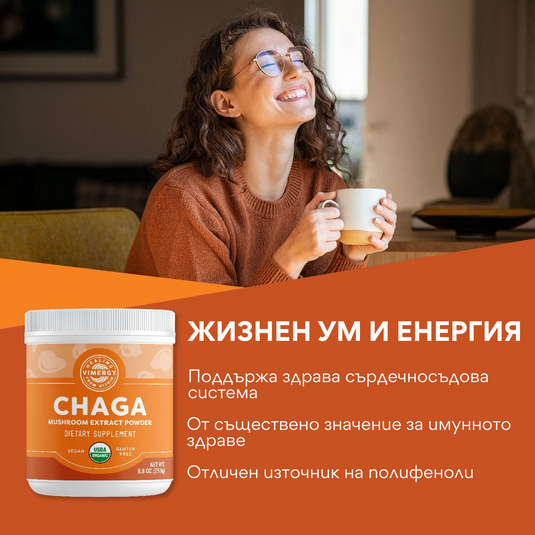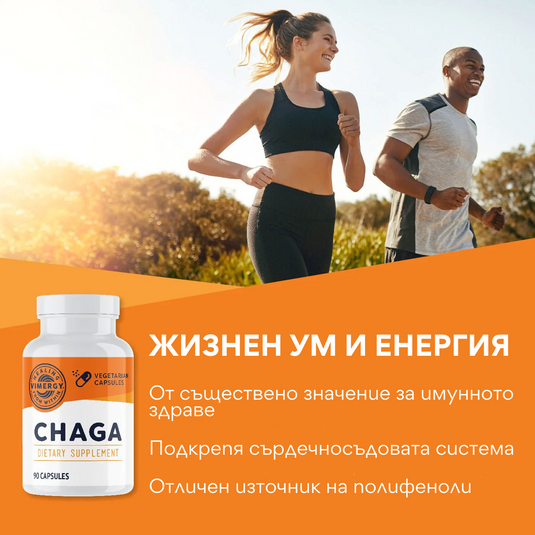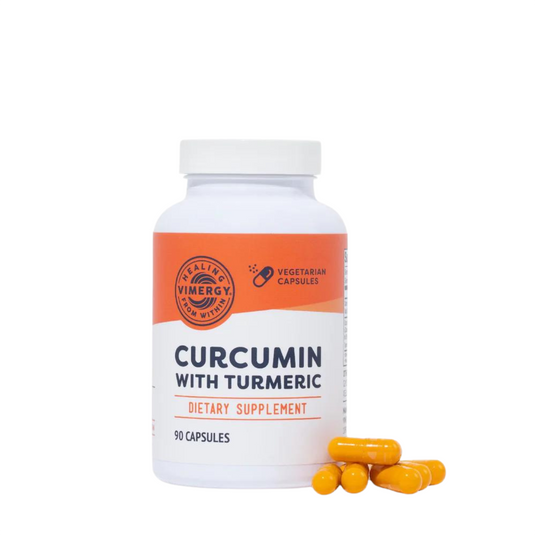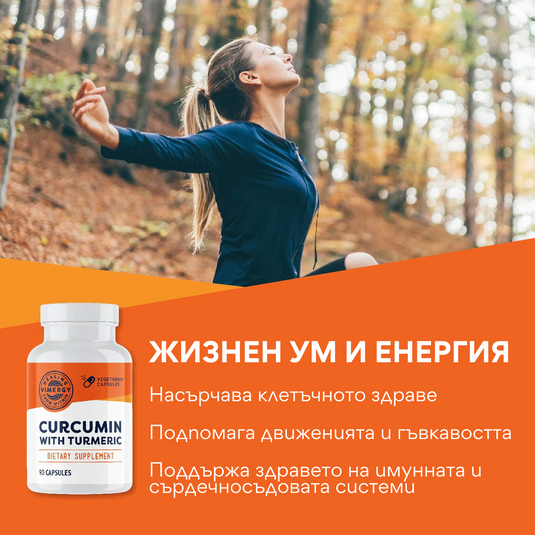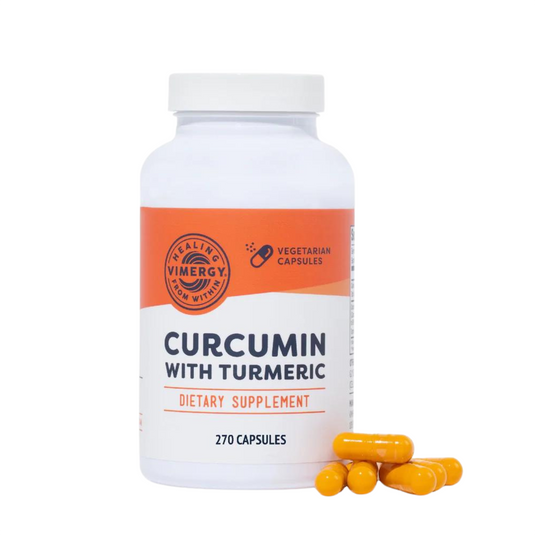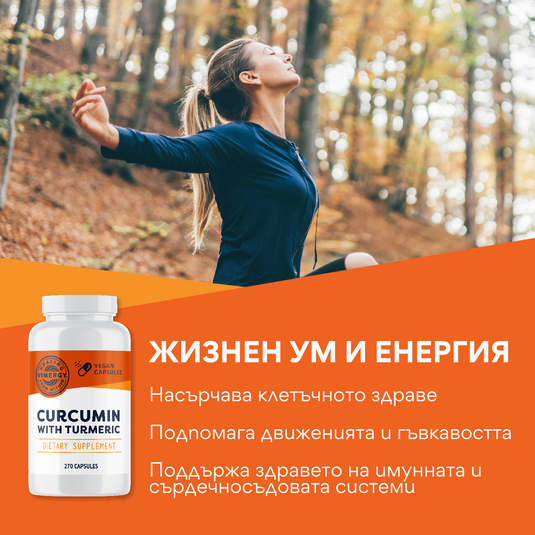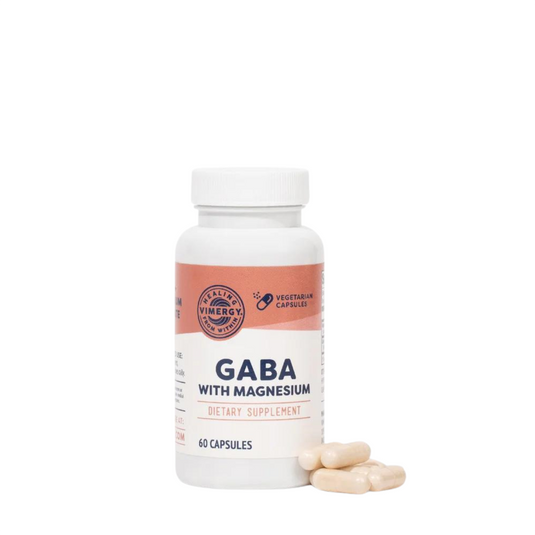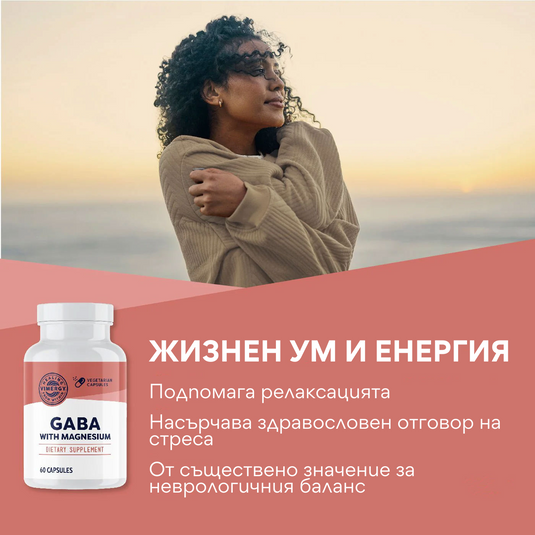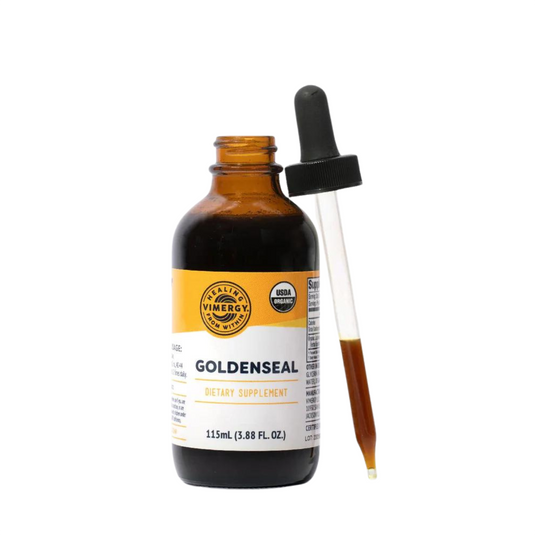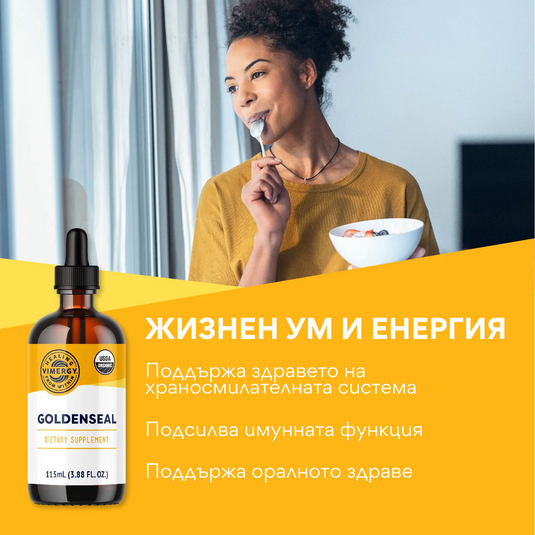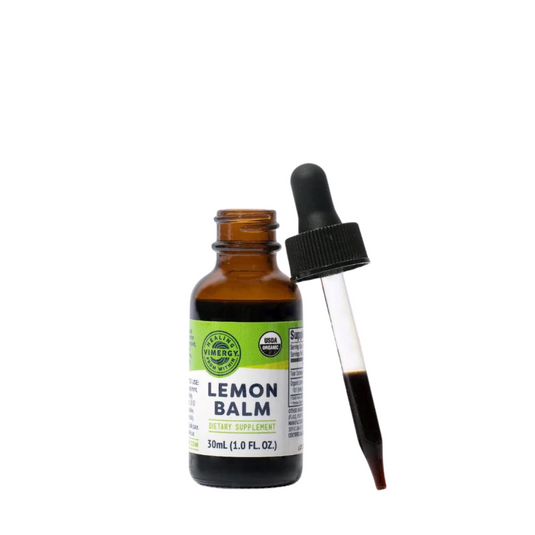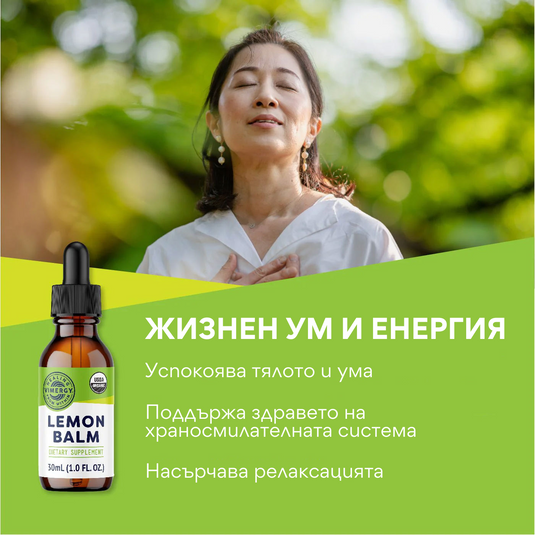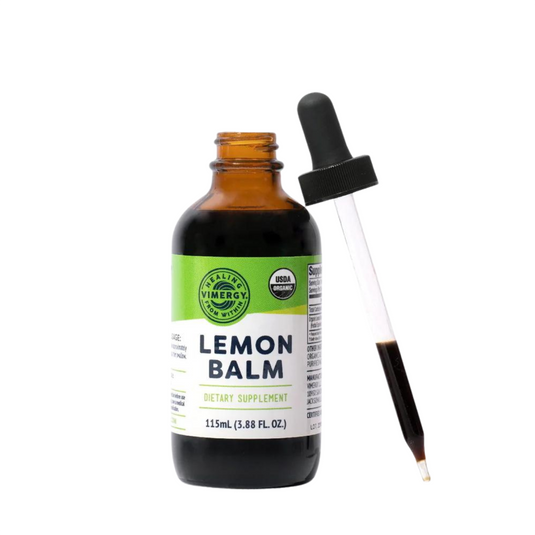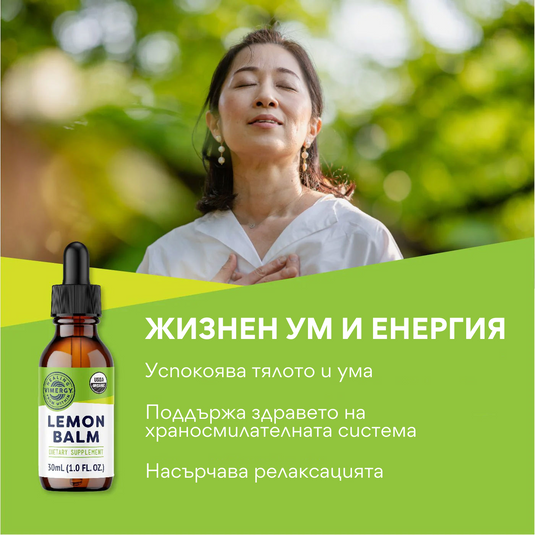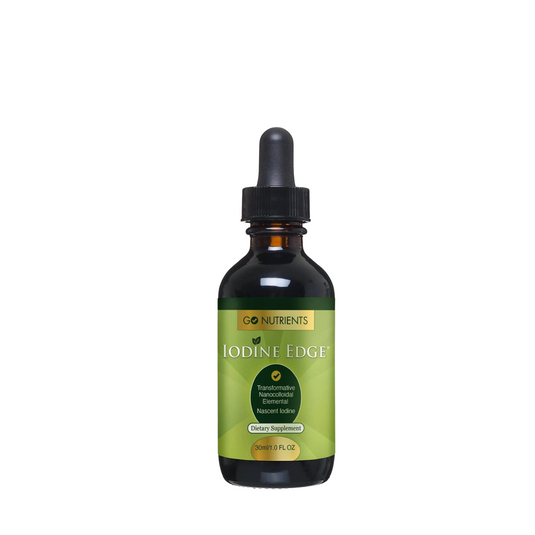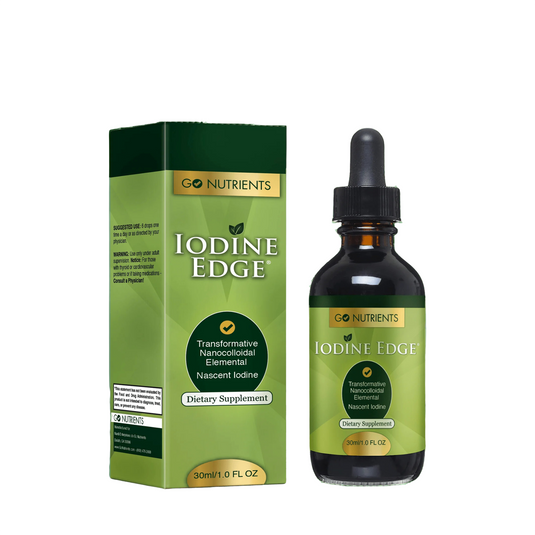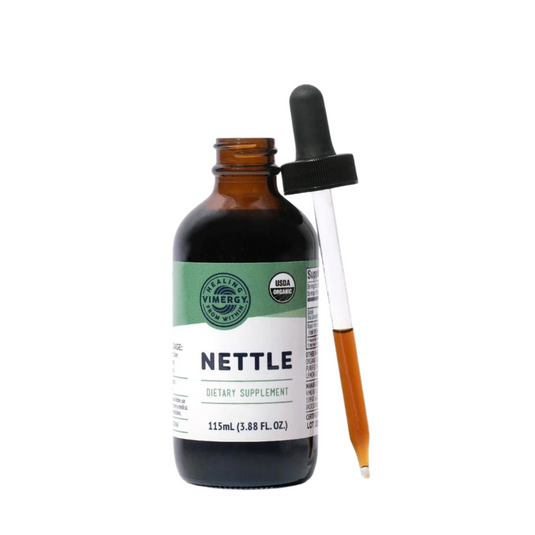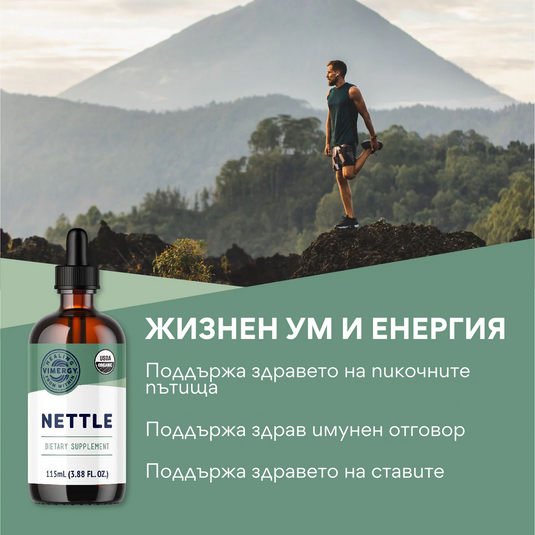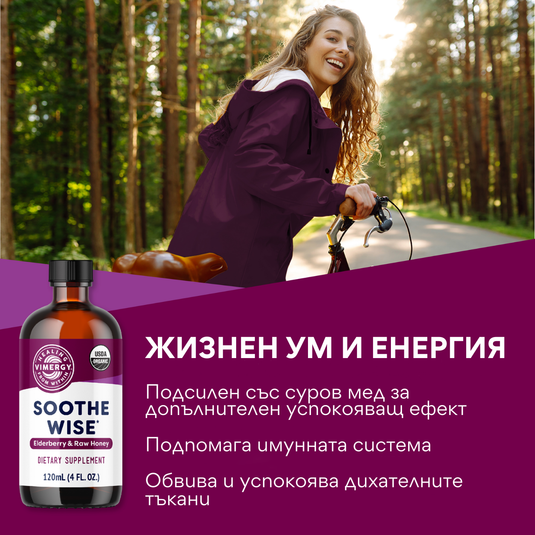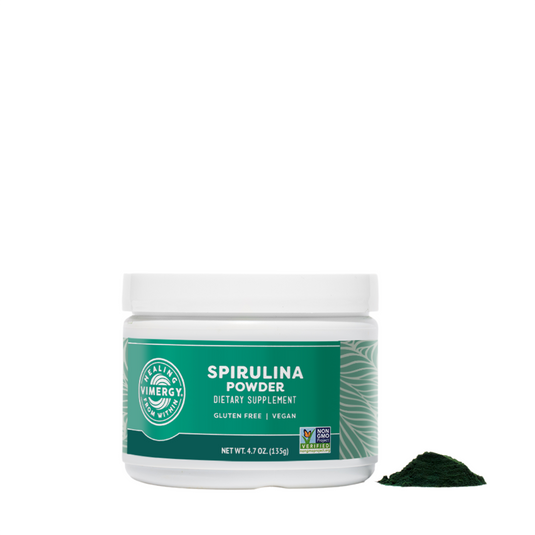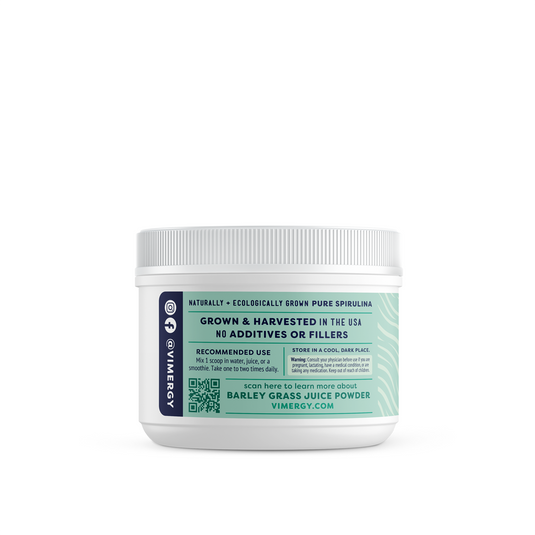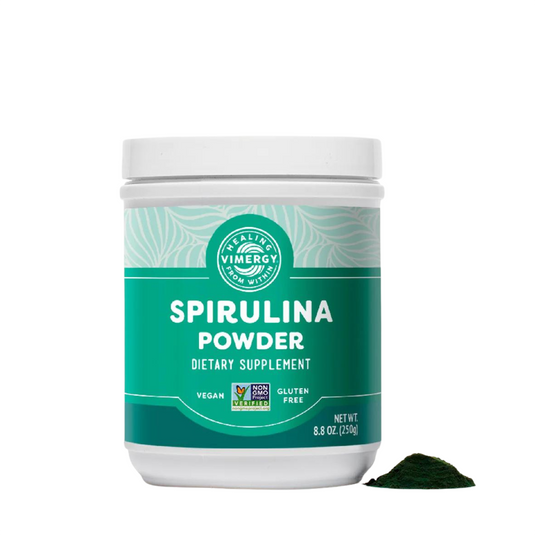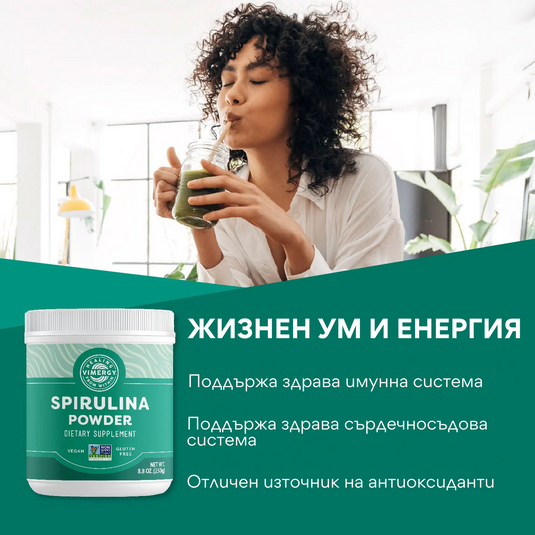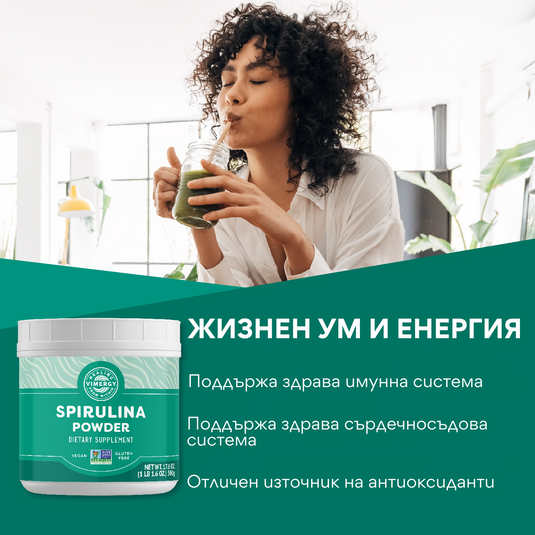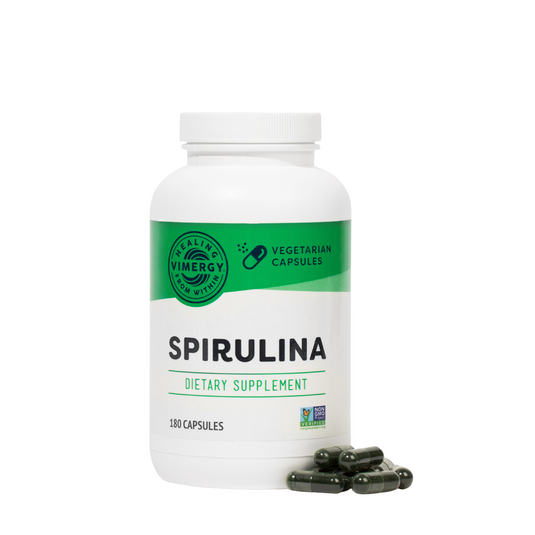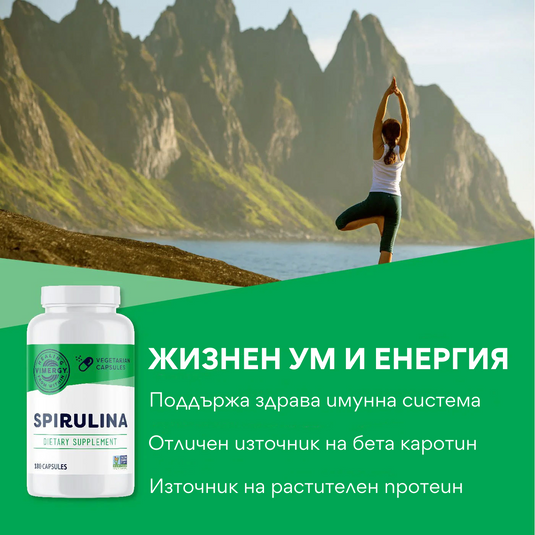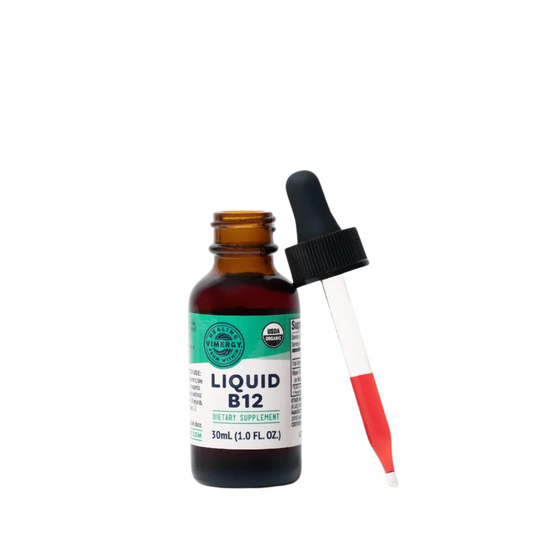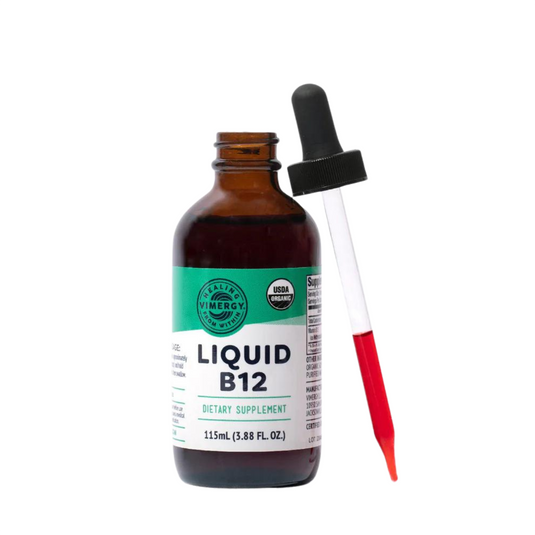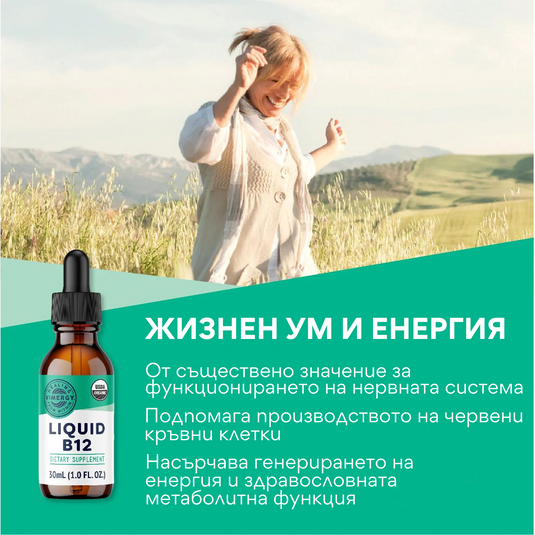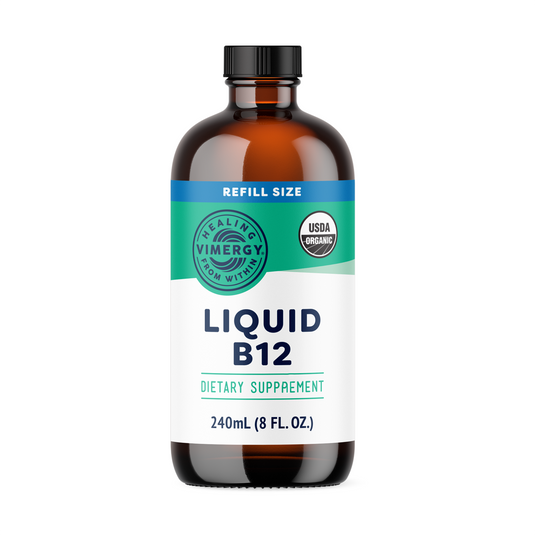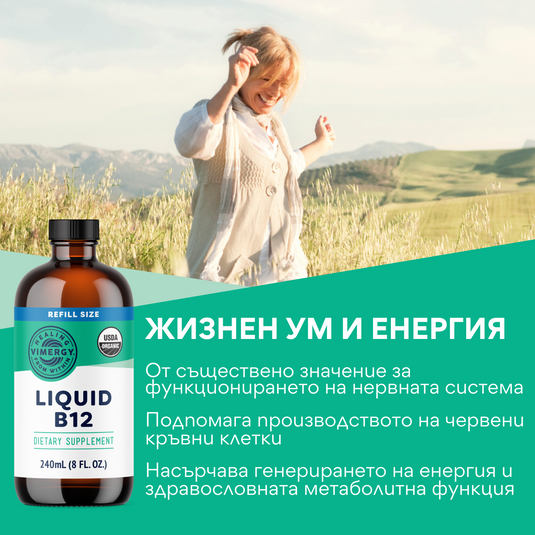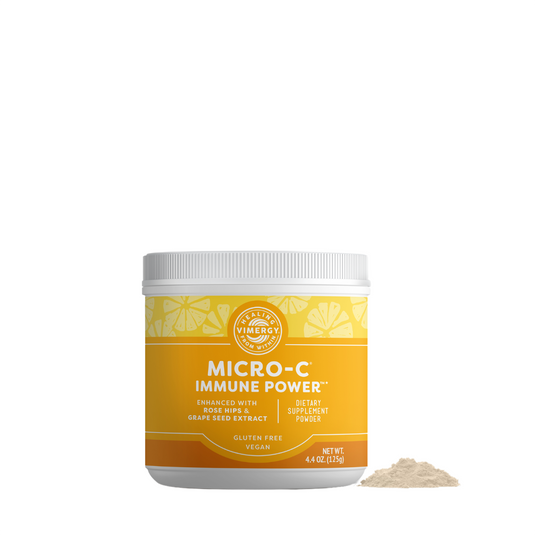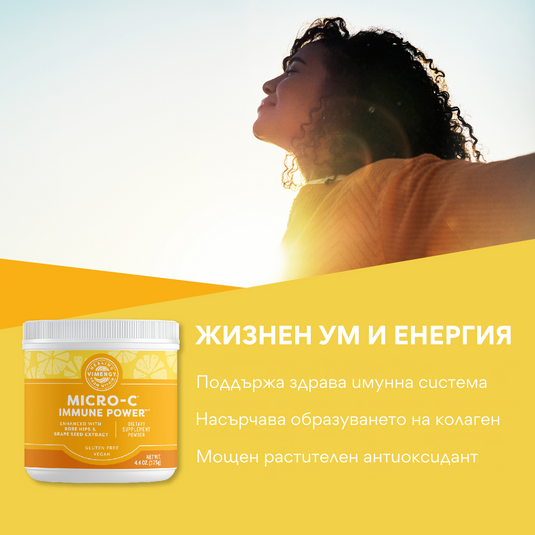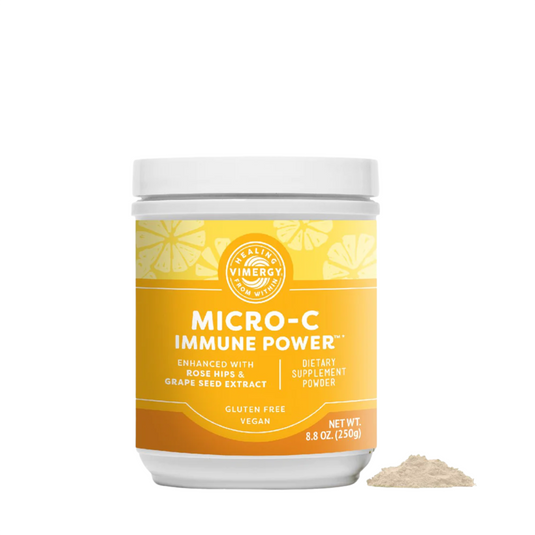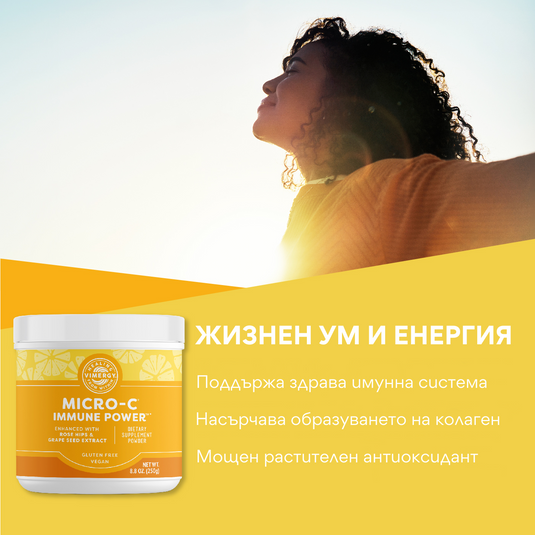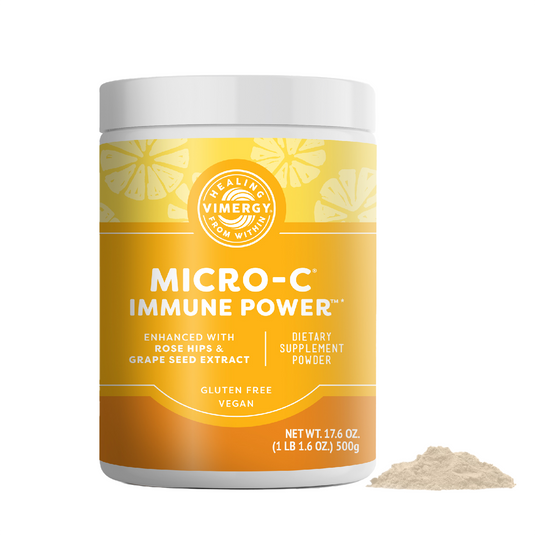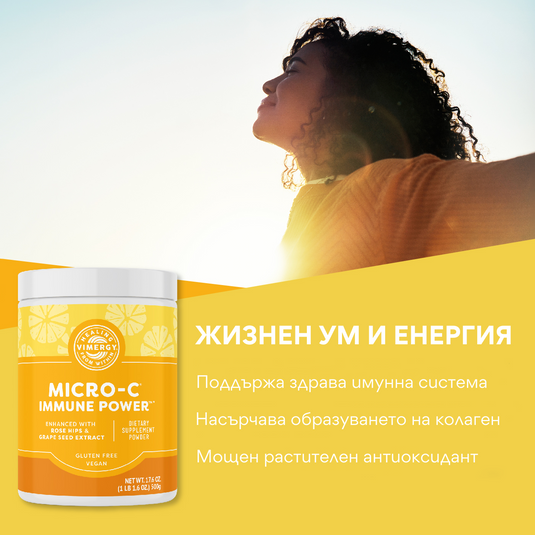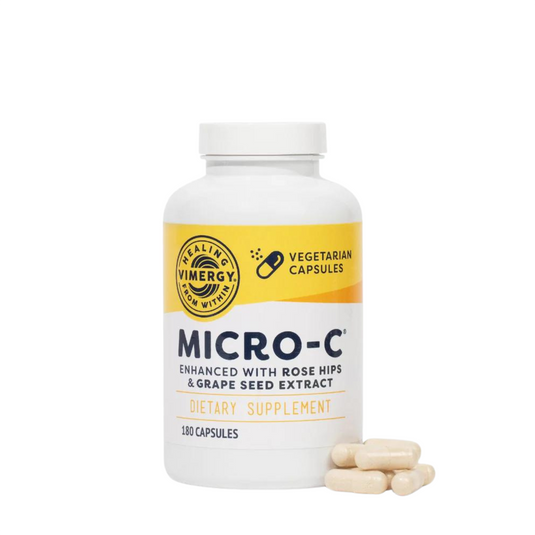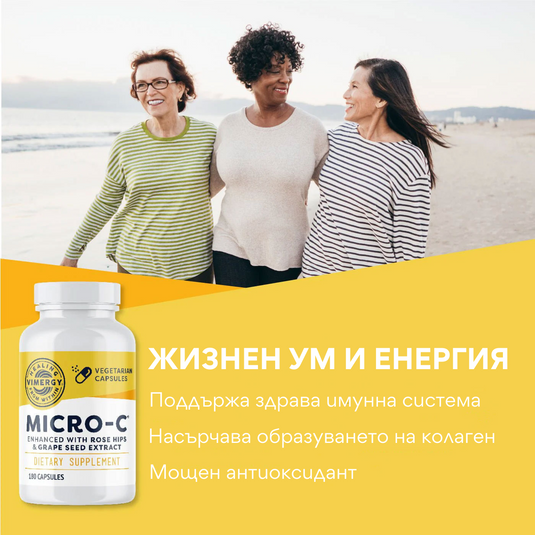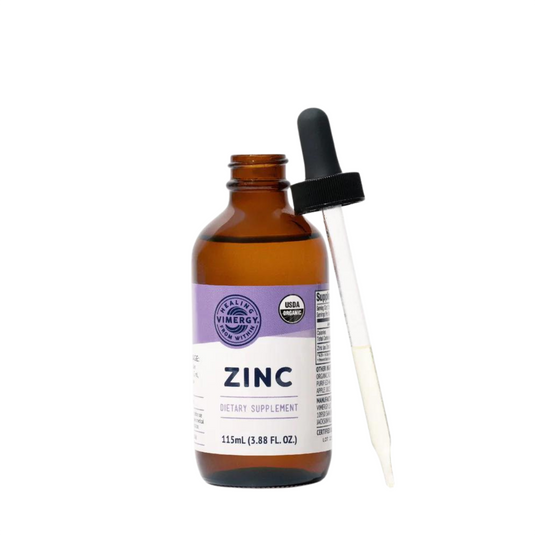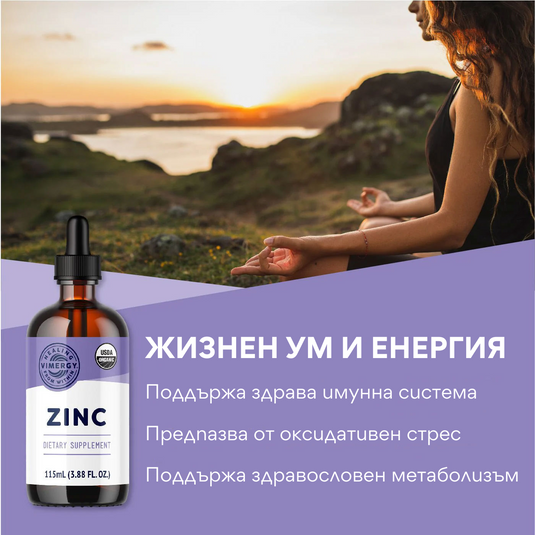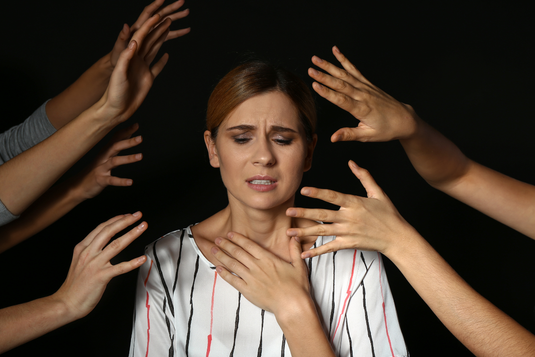Acne is a sign that there is a chronic, low-grade strep infection in the liver. Strep bacteria live in the liver when there is plenty of food for them. Antibiotics are one of the strep bacteria’s favorite sources of energy and one of the liver’s worst enemies. At the same time, they are often prescribed to acne sufferers, along with other medications that tax the liver. This can become an endless cycle, in which the antibiotics feed the very strep bacteria that cause acne, and the acne prompts the dermatologist to write a prescription for more antibiotics.
So which came first, the chicken or the egg—acne or antibiotics? The answer is clear: antibiotics. The liver often starts storing these and other medications in its waste bins as early as childhood, even as a baby. Like many other causes of liver problems, they can be inherited from either your mother or your father, so you can actually start life with antibiotics stored in your liver. Then your early years often bring with them prescriptions for more antibiotics. For example, ear infections are caused by strep , although they are usually diagnosed as simple bacterial infections that require antibiotics.
(When ear infections become severe, doctors often prescribe liquid steroid drops and sometimes insert ear tubes to prevent the canals from closing, which would prevent the steroid drops from being applied during an inflammation. This can be helpful for an acute infection. However, a baby's first ear infection is usually not as severe yet. At this early stage, infections can usually be easily managed with natural antibacterial and antiviral agents such as elderberry syrup , loquat root, zinc , goldenseal , vitamin C , and mullein and garlic ear oil. These can prevent the need for antibiotics because they address the underlying problem.)
In reality, standard antibiotics don’t kill strep as well as they should because these bacteria are extremely adaptable in nature and develop resistance to many types of antibiotics. So as we go through the various infections that can occur in life, from our first ear infections to respiratory infections and sinus infections, and are prescribed antibiotics to treat them, the strep bacteria in our bodies develop resistance to them and become even more resistant over time. Urinary tract infections (UTIs) and bacterial vaginosis (BV), which are caused by strep, are often misdiagnosed as yeast infections, or candidiasis, because that’s what doctors see. Antifungal medications are often recommended. (Candida itself is never the problem—it’s just a messenger. For more information about the truth about candidiasis, read the book The Healer Medium .) When UTIs and BVs are correctly diagnosed, antibiotics are prescribed. This is a big mistake in modern medicine that has been making strep bacteria stronger and causing ongoing chronic urinary tract infections and yeast infections in so many people, mostly women, as well as bacterial vaginosis. The more prescribed antibiotics and even antifungals that accumulate in the liver and fatty subcutaneous tissue, the more resistant the strep bacteria become and the more a person is doomed to suffer in the long run.
Antibiotics always come first
What does all this have to do with acne? There is, and a lot of it. Acne is the result of early wars that go undocumented in people’s lives. Everyone who suffers from acne has taken antibiotics many times before the ones they took for acne. It’s like the chicken and the egg – antibiotics always come first. For the few who struggle with acne and yet never took antibiotics, even as children, the antibiotics were passed down through the bloodstream or entered the body through animal products.
Not only do strep bacteria become resistant to antibiotics, they also learn to use them as fuel. (When someone with cystic acne doesn’t take antibiotics for it, strep bacteria find other sources of food.) Refined petroleum, which is basically a type of motor oil, is in all antibiotics—not because they need it, but because deals were made and contracts were signed for its use in them, probably long before you were born. Antibiotics also contain plastics, and of course GMO (genetically modified organism) corn grown for medical purposes. This type of corn is very different from GMO corn grown for food. The strep bacteria learn to consume these antibiotic ingredients by feeding on the very treatment that is designed to kill the bacteria.
Antibiotics don't just disappear from your body when you stop taking them. They stay and become part of the stored garbage that takes up space in your liver. What happens in life when your home is full of clutter? You step or trip over something that shouldn't be there and get hurt. The remnants of antibiotics and many other toxins and poisons that are found in your liver create a very favorable environment for streptococci . At the same time, they leave no room for beneficial substances.
Strep throat is one of the forms that streptococci in the body cause. It is common not only in children and teenagers - there are also cases of adults who died from strep throat infections caused by brand new strains of highly antibiotic-resistant streptococci that they accidentally swallowed in a restaurant or picked up in the toilet. Tonsillitis occurs when people are infected with the Epstein-Barr virus (which in one of its early stages is expressed in mononucleosis) and the cofactor of the virus - streptococci. Chronic allergies occur due to increased deposits of streptococci in the body. Stye on the eye is mostly caused by streptococci. Sinus infections are caused by streptococci. In children, streptococcal infections can lead to the so-called autoimmune neuropsychiatric disorders. And yet, what does this have to do with acne? It does, and a lot of it. These are conditions that very often affect young people, leading to the prescription of antibiotics, which allows streptococci to gain a foothold in the body and sooner or later provoke the appearance of acne.
Your immune system is constantly monitoring and trying to control the environment in your body, so low-grade strep bacteria are looking for places to hide. The liver is the perfect hiding place. The liver's immune system catches and destroys most strep bacteria as they enter. However, some of them manage to escape, sneaking past the guards, and find refuge in the liver's garbage disposal. This is the garbage dump where tons of junk are dumped in the hope that the person to whom that liver belongs will get the information on how to do the right thing and clean it out.
Your liver always wants you to do the right things, like drink lemon water every day, eat more fruits, greens, and other vegetables, and drink celery juice when you can. But we don’t learn to do these things. Instead, experts who have no idea what causes chronic disease tell us to increase our fat intake. With such a lack of knowledge, you wouldn’t get a pilot’s license, but you can treat chronic disease. The standards are very different. So the junk piles up, and the strep bacteria easily find a little place to settle down—in a piece of connective tissue in the liver or in the middle of a lobule, along with toxic copper from water pipes, aluminum from cans, mercury from tuna and medications, poisons from the batteries in our devices, plastics, pesticides, herbicides, flame retardants from clothing, carpet chemicals, nanoparticles from nanotechnology sprays, or strep bacteria ’s favorite antibiotics.
If you think you or anyone in your family has ever taken antibiotics, think again—have you or any of your ancestors ever eaten regular chicken? A fast-food hamburger? A conventionally raised Thanksgiving turkey? They're all loaded with antibiotics. Even if you try to argue about how these drugs get into your body, you ultimately gain nothing, because when these waste antibiotics in the body encounter the streptococci that we're constantly exposed to, they give them a chance to reproduce and multiply in the garbage piles in the liver.
Hormones are to blame
Acne is often blamed on hormones. This widespread and well-established belief is also one of the biggest misconceptions of modern medicine. (Many doctors claim that cystic acne can be an autoimmune condition, but that’s also not true.) Acne appears in adolescence, so it’s understandable that medicine makes the wrong connection between it and hormones. It’s actually strep bacteria that take advantage of puberty. As it sets in, immunity goes down. This allows the highly adaptable strep to leave the liver unnoticed and head to the lymphatic system to fight the lymphocytes. The streps sense what’s going on because they can sense the hormones in a teenager’s body and know that hormonal changes in the body mean very weak lymphocytes. Although the lymphocytes destroy some of the strep, many of them slip away and head for the subcutaneous tissue. Just as the gold rush drives people to brave bears, wolves, wild cats, deadly snakes, and fierce weather conditions in search of the ultimate goal, hormones during puberty spur strep to do whatever it takes to overcome the dangerous white blood cells of the lymphatic system and reach their ultimate goal: the skin.
Acne that occurs during the menstrual cycle is another reason doctors mistakenly label acne as hormonal. The truth is, a woman’s immune system goes down during her menstrual cycle, which is why acne breakouts can occur before, during, or even after her period. That doesn’t mean it’s all over. Then comes ovulation—the middle of her cycle—and once her immune system goes down again, the strep bacteria make their way in, and acne flares up again. If women don’t take healing foods, herbs, and supplements, and avoid triggers, they become more susceptible. Many menopausal or postmenopausal women wake up one day and realize they no longer have acne. It’s not because of hormones, but because their immune systems are no longer going down on a steady schedule twice a month to allow the strep bacteria to escape to the lymphatic system and then to the skin.
How acne forms
Let's talk more about how strep bacteria cause acne in common places like the face, neck, forehead, chest, back, shoulders, armpits, and upper arms. Do you have a favorite route when you need to get some work done on your way to a party? A main road that takes you to the doctor's office, the grocery store, the beauty salon, and the post office, and finally to the movies and a great restaurant? For strep bacteria, that favorite route is the lymphatic system—a series of main roads that can enter the subcutaneous tissue and feast there.
Similar to what you see when you cut open a piece of raw chicken and find that yellow layer of fat under the skin, our skin has a layer of fat beneath the surface—it's part of the subcutaneous tissue. It's meant to be there, but it turns out to be a haven for toxins and excess fat cells—just as they accumulate in the liver, they accumulate here too. Dairy products tend to make their way into our subcutaneous tissue, providing strep bacteria with a delicious meal, as do eggs from breakfast omelets, fat from chicken dinners, antibiotics in those foods that the animals were fed to fight off strep infections on the farms where they were raised, and antibiotics from the public water system. This is the promised treasure of the gold rush, the lure that makes the strep bacteria shout, "There's gold in these hills!" as they fend off your lymphatic system's immunity to get to the skin. Streptococci take the path of least resistance, so they take the lymphatic system, which is under weakened control due to the low number of lymphocytes. The route they take determines where acne will eventually appear. That's why Jimmy gets acne on his chest and back, Sarah gets acne on her forehead and chin, and Jessica gets acne on her upper arms and armpits.
Before acne appears, the strep bacteria stay in their happy place for a while, feasting on tasty treats, slowly working their way through the subcutaneous fat, and building up for the next battle. Finally, they enter the lower layer of the dermis. The skin’s customized immune system begins to collect sebum, acting like quicksand to prevent the strep bacteria from continuing upward. Since the strep bacteria are well-fed and extremely active at this point, sebum is not enough to stop them. Now the skin’s immune system kicks into high gear, prompting the production of even more sebum as a last-ditch attempt to trap the bacteria and protect the skin. When the strep bacteria are very strong, they fight off even the extra sebum and survive the lymphocytes and killer cells just below the epidermis. The bacteria then climb up to this outer layer of skin, and cystic acne occurs.
In many cases, these outbreaks are mild and temporary. In extreme cases, they are devastating. Many things determine the severity of symptoms – how many strains of strep you have, how many toxins (such as heavy metals) have built up in your liver and subcutaneous tissue feeding the strep, how many antibiotics you have taken or otherwise ingested in your lifetime, what you have inherited, what adrenaline rushes you experience in your daily life, what pesticides you are exposed to and of course, what you eat.
Alternative medicine practitioners believe that dairy products like milk, cheese, and butter, as well as grains like wheat, are problematic because they are allergenic. (Although cheese is making a comeback. Popular high-fat diets are now promoting cheese as a health food for longevity.) They have observed that the more wheat and dairy products acne sufferers consume, the worse their condition gets. This link is not due to an allergy. It happens because strep bacteria love wheat and dairy. When we eat them, the strep bacteria feast on them, starting new attacks on the skin that eventually manifest as cystic acne. Although dairy products are known to slow down the lymphatic system, this doesn’t make it any harder for strep bacteria to move along their preferred route. In fact, it makes it even easier because when the lymphatic system is slow, your defense mechanisms—the lymphocytes—are trapped and minimized. Lymphatic highways with the fewest lymphocytes, due to a higher amount of streptococcal-friendly foods such as milk, cheese, and butter, become the path of least resistance for streptococci.
When acne is treated with antibiotics, the liver has to absorb them, which can weaken the immune system and allow even more strep bacteria to hide in the garbage piles among the old antibiotics stored. In addition, the strep bacteria can feed on these antibiotics. The process will continue to repeat. Fortunately, our bodies are resilient and have a fighting spirit.
Even medical research and science now know that there is more than just Group A and Group B strep. While the medically recognized groups stop at a fraction of the alphabet, the truth is that there are enough groups of strep to go beyond the end of the alphabet. These different groups contribute to the different types of acne that someone can develop. The very aggressive types of strep, for example, cause scarring and large clusters of rashes. It is very easy to get infected with multiple types of strep bacteria throughout your life through intimate contact, food in restaurants, restrooms, etc. In addition, you can get infected with a type that has become highly resistant to a strong antibiotic that someone has taken in their lifetime. And some women who have a new sexual partner later in life develop their first bladder infection or a more severe than average bladder infection because they have contracted a difficult strain of strep that requires strong antibiotics to control.
Relief is at your fingertips
That’s why building a strong immune system throughout your body is an important step in treating and preventing acne and other strep- related conditions, such as small intestinal bacterial overgrowth (SIBO) , which you’ll read about in our dedicated blog post. The most important place to start is your liver. Being proactive and making this internal organ a strep-intolerant environment will do more to protect your skin than treating it with the best face cream, the best face wash, the best lotion, the best pill, and the most sought-after blemish potion combined. Strengthening your lymphatic immune system will also make a huge difference. The lymphocytes you rely on to stop strep in your lymphatic system feed on vitamins and minerals from fruits, vegetables, herbs, and spices. This makes diet an important part of acne treatment. In the last part of the article, we offer you the acne supplement protocol that will help you destroy streptococci to finally find relief.
Healer Medium's Acne Supplement Protocol
Real cause: One or more strains of over 50 groups of streptococci, which are found in both the liver and the lymphatic system. Having acne does not necessarily mean you have a strep infection, such as strep throat. Acne develops when the bacteria have been in the body for a long time (sometimes long after) a strep infection.
- Fresh celery juice: for teenagers up to 500 ml daily; for adults up to 1 liter daily;
- Barley grass juice powder : 1 tsp twice daily;
- Cat's claw : 1 dropper twice daily;
- Chaga mushroom : 1 tsp or 3 capsules twice daily;
- Curcumin : 2 capsules twice daily;
- GABA (gamma-aminobutyric acid) : 1 capsule of 250 mg daily
- Goldenseal: 2 droppers (taken twice a day for 2 weeks, then 2 weeks off);
- Lemon balm : 2 droppers twice daily;
- Mulberry leaves: 2 droppers twice daily;
- Atomic iodine : 3 drops twice daily;
- Nettle leaves: 2 droppers twice daily;
- Oregano oil: 1 capsule daily;
- Raw honey: 1 tbsp. l. daily;
- Spirulina : 1 tsp. daily;
- Thyme: 2 sprigs of fresh thyme in hot water as a tea or 4 sprigs in room temperature water daily
- Vitamin B12 (as adenosylcobalamin with methylcobalamin) : 1 dropper daily;
- Vitamin C (as Micro-C) : 4 capsules twice daily;
- Zinc (as liquid zinc sulfate) : up to 1 dropperful twice daily.
The article used materials from Anthony William's books "Help for the Liver" and "Cleansing for Health" .
